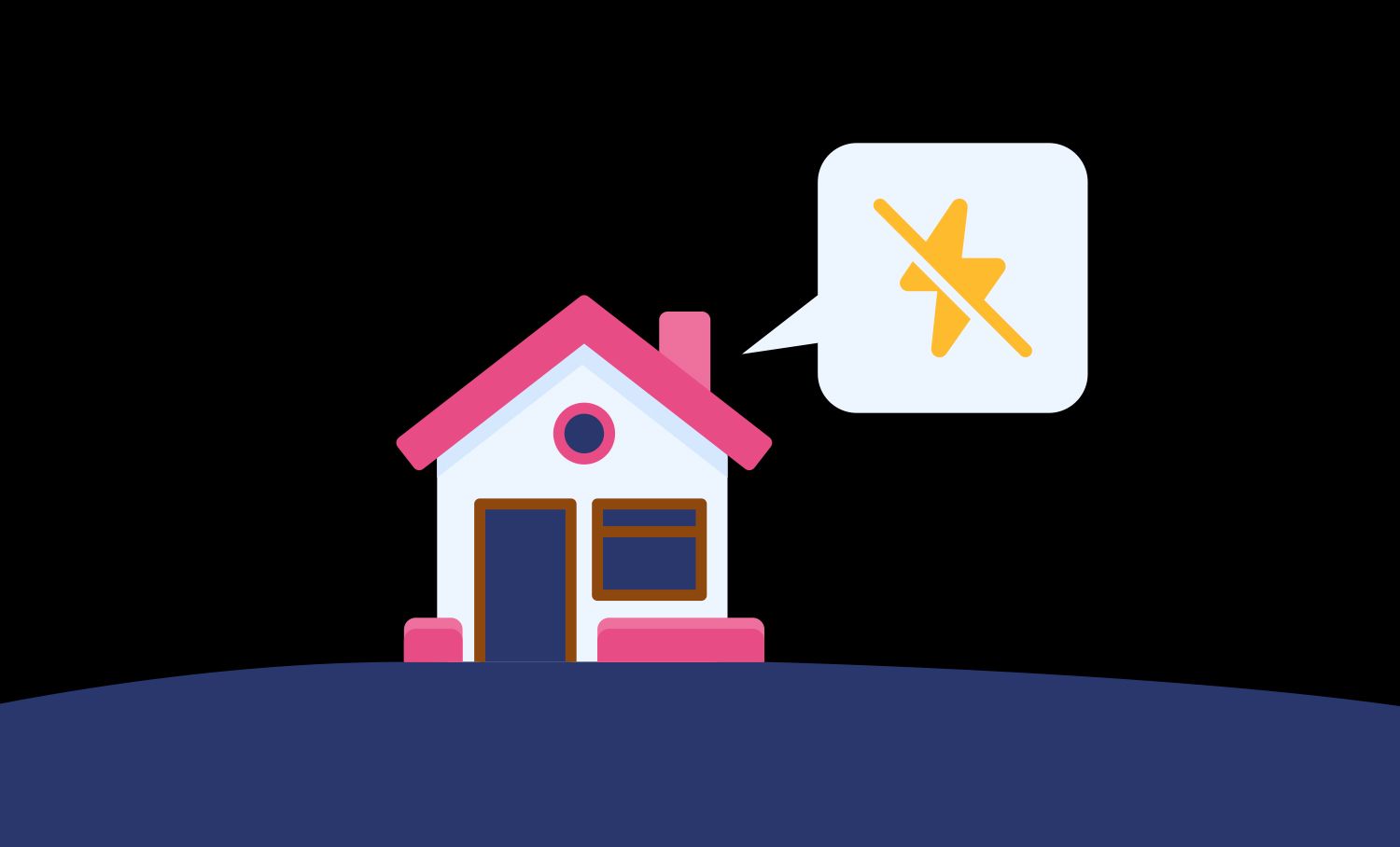Black Out - Power Outage Checklist 🕯

It can be called lots of different things in different places:
- brownout
- shutdown
- power failure
- blackout
- trip
- blown fuse
- electricity failure.
Most importantly, you want to have a plan to deal with it when it happens to your business and reduce any potential negative consequences.
Step 1: Have a plan and stay safe.
Even if the plan is just to wait for the power to come back on, always report the power disruption to your energy provider/grid operator if the problem is on the grid side (i.e. not just a tripped switch or blown fuse). The best way to check this is to see if your building is the only one without power, or if neighbouring buildings are also without power.
Step 2: How long will power be gone for? Is it minutes, hours or days?
Your response will be different depending on the time period. If it is only for minutes, you may need to reset timers and clocks etc. If it is hours you may need to check fridges etc are still at safe temperatures. If it is for days, you may want to invest in backup generation or battery storage to mitigate the effects of having no power for an extended period.
Step 3: Keep a Power Outage Emergency Kit
This can include anything and everything you need to get through a power failure. Depending on what you want to be able to do during a power outage, it could include things like:
- A torch/flashlight + spare batteries
- Drinking water for a few people
- Some food snacks (non perishable so they last without refrigeration)
- Cash (remember, credit cards etc might not work)
- Battery powered radio (to hear news updates)
- Power bank/charger for mobile phone charging or a windup charger
- Candles and matches (but be careful not to start a fire!)
- Medications (especially prescriptions) and a general first aid kit
- A good book and calculator (to help pass the time)
Step 4: Review your plan after each event and improve it
It is easy to forget some essential items on any emergency checklist. Or to miss something that seems so obvious in hindsight. Learn from each event and improve your checklist afterwards by adding to it from the lessons learned. This will mean that next time it occurs you will be better prepared to overcome the challenges you face and get back to normal quicker post the event.